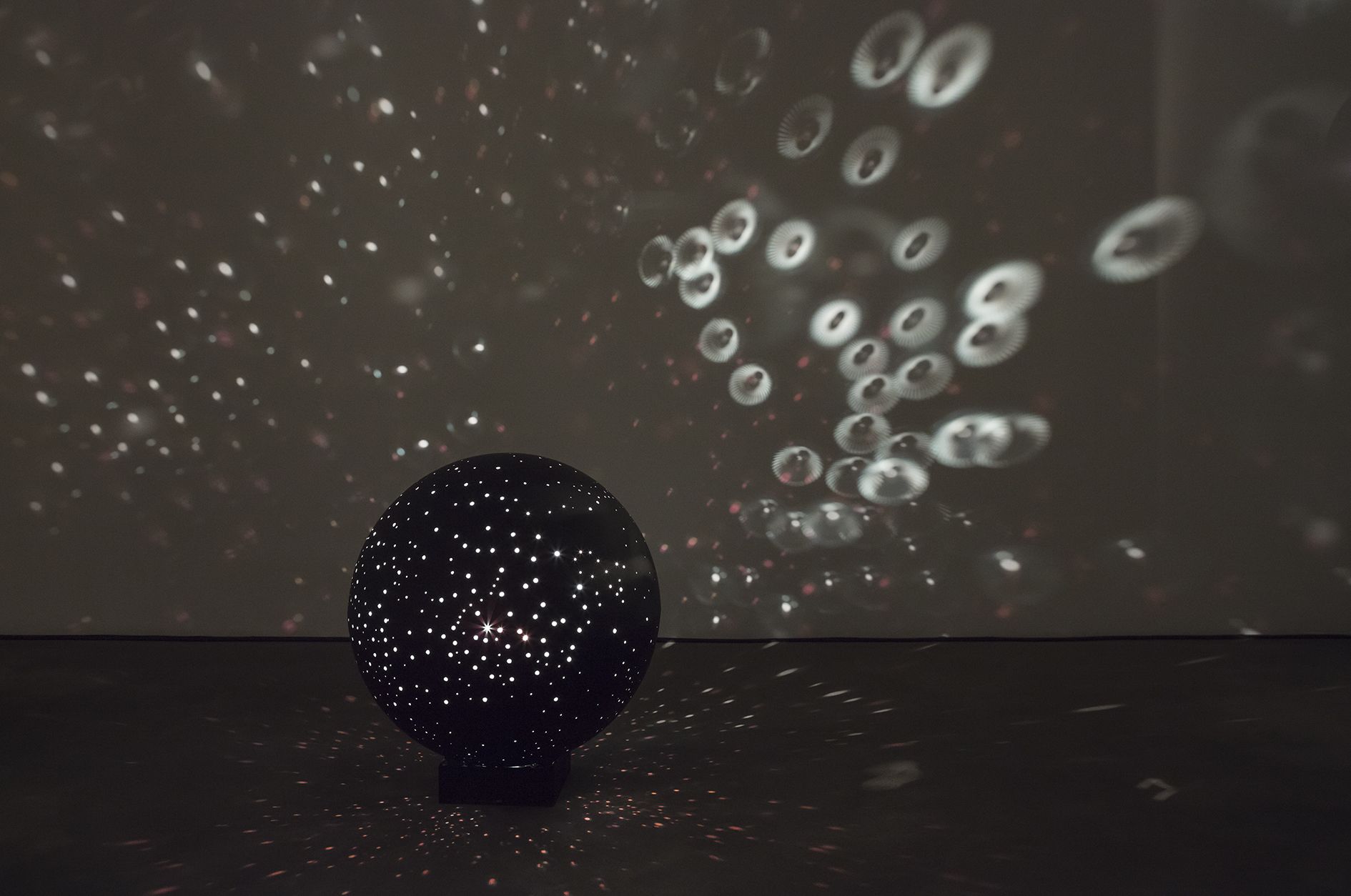Otto Piene
Light Ballet
April 29–June 10, 2017
Berlin
Otto Piene’s use of light developed in the late 1950s with works utilising earlier experiments of printing onto canvas using punctured screens of many small holes, producing a grid of small, elevated pigment dots on the surface. These perforated ‘raster sieves’ were used in early works as hand-held tools through which to shine light from candles. This rudimentary apparatus soon developed into more complex means in 1960-61, employing metal screens, discs, motors, timers, and rotating electric lights, coming to a theatrical climax in room size installations. A selection of these elements will be presented in Sprüth Magers collaboration with the Otto Piene Estate, his first exhibition with the gallery, taking the form of a ‘Light Ballet’.
Piene was a choreographer of light, forcing it to ‘dance’ across the room, first by his own hand but later with these sophisticated mechanical arrangements. The perforated screens and stencils vary in size and complexity, some taking up whole walls and others more modest spheres and cubes. A single light source is fractured into multiple dots that change size by how far the bulb is from the punctured screens. The light appears to come from all directions as it moves from one wall to the next, constantly changing its clarity and scale, with the use of timers to fade lights in and out creating a variety of environments that range from near darkness to full multi-source light spectacles.










